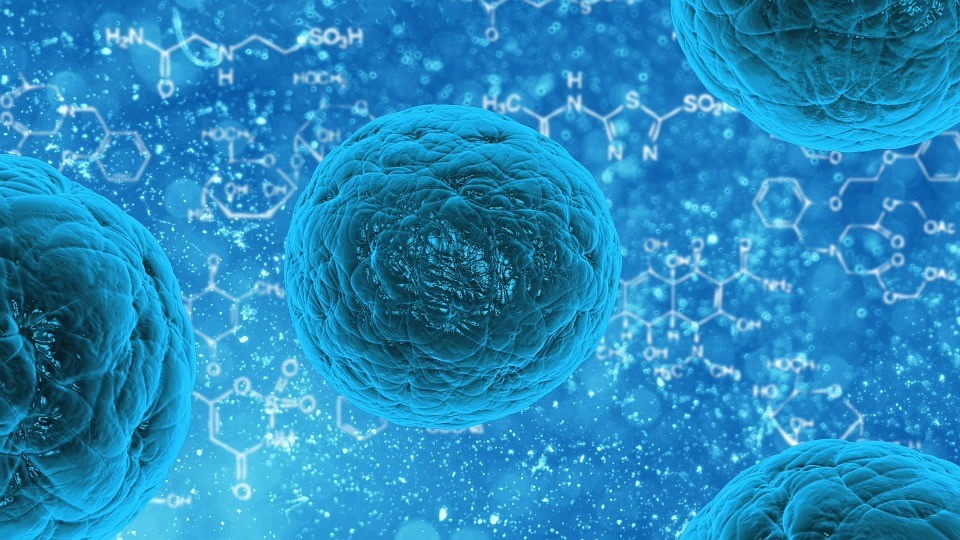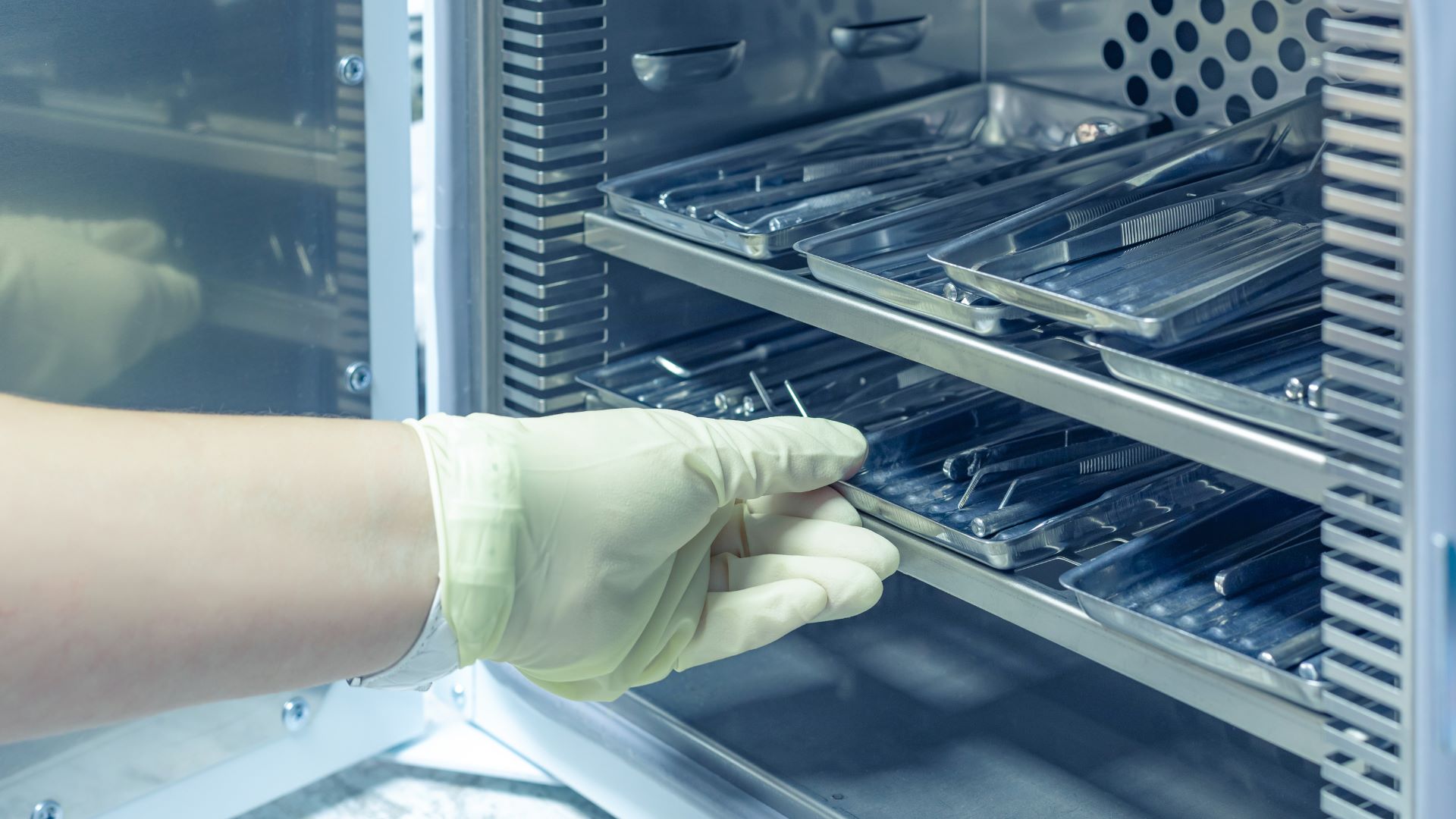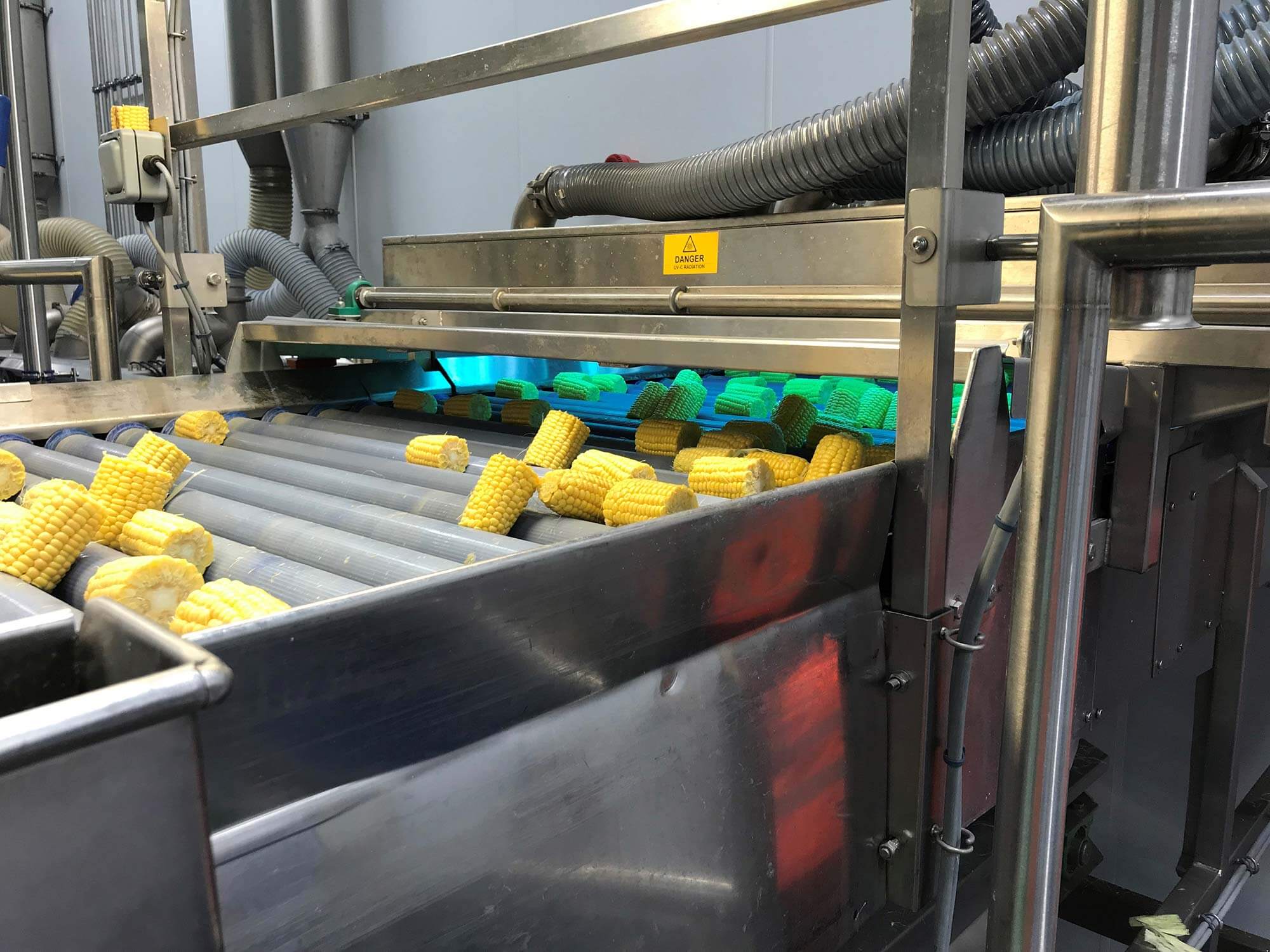Really, really hot water
So, after being out of the office a few days last week, I’m hoping to make up for the ramble that happened because of me being in ‘holiday’ mode. On the plus side, I’ve discovered how to link to sites I deem useful. A good example is the ‘how to change a bulb’ blog I practiced on below. I will be referring customers to these links to aid my explanation of such things.
This week started out well as our several international shipments found the way to their destinations without a hitch. In my experience so far, not hearing from clients after a week or so is a very good sign, but only time will tell on this theory.
We have been visited our Dutch technical guru Paul, from Van Remmen UV. We swiftly sent him down to Cornwall and onwards to travel up the lovely West coast to another site to keep him busy while he was visiting.
Thank you to the person who commented on my post. Unfortunately, as you are to only person to have done so thus far, the office is convinced that you are either a close friend of mine or a paid associate.
I’ve decided to dedicate a portion of my blog to Cryptosporidium, the parasite that we are in the business of inactivating (We don’t kill them, it’s bad for Karma) Not even cutting and pasting from Wikipedia I’m going to very briefly tell a few things about it.
Cryptosporidium lives in the intestines of humans and animals alike. When the eggs depart from the host, they only emerge from their shells after they’ve been ingested and in the intestines of the next victim. This thick outer shell allows it exist for long periods outside a body. It can travel via water supplies and drank as easily as being passed through contact by someone conducting bad basic hygiene. They can live in water up to 75°C so your hot tap it is not effective at treating them. They are also unaffected by Chorine and other chemical treatments. Luckily, a low dose of UV (Which just by chance, we can supply) will among over things, inactivate all 20 species of Cryptosporidium, thus protecting you and your water supply from the wee beasties. In my completely unbiased opinion, UV is by far the best treatment for Cryptosporidium safeguarding followed by reverse osmosis and ultra filtration.
If you have any questions about Cryptosporidium or any other waterborne organisms, let me know and I’ll get a very well researched answer back to you.





